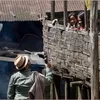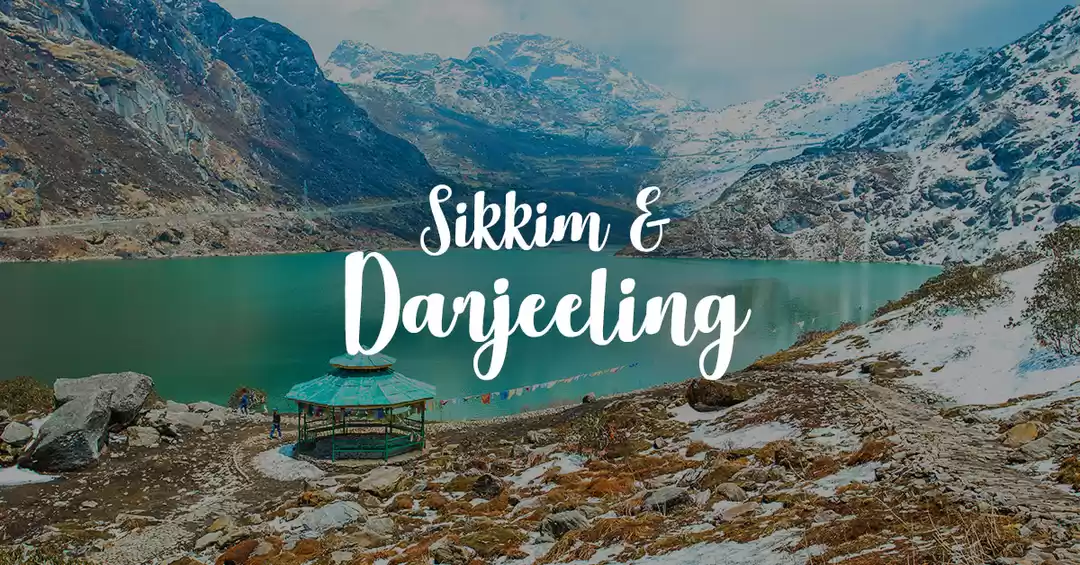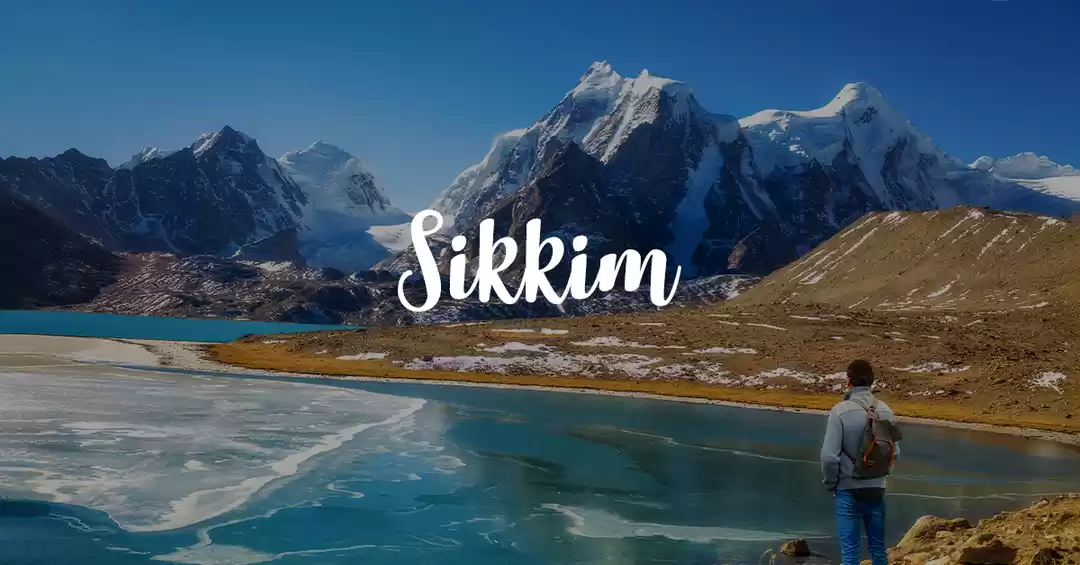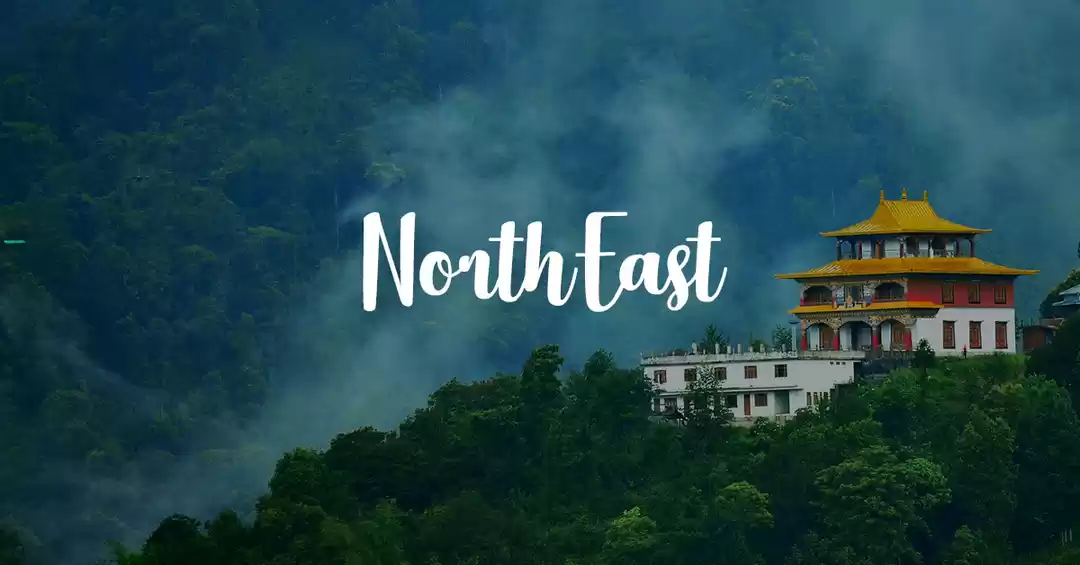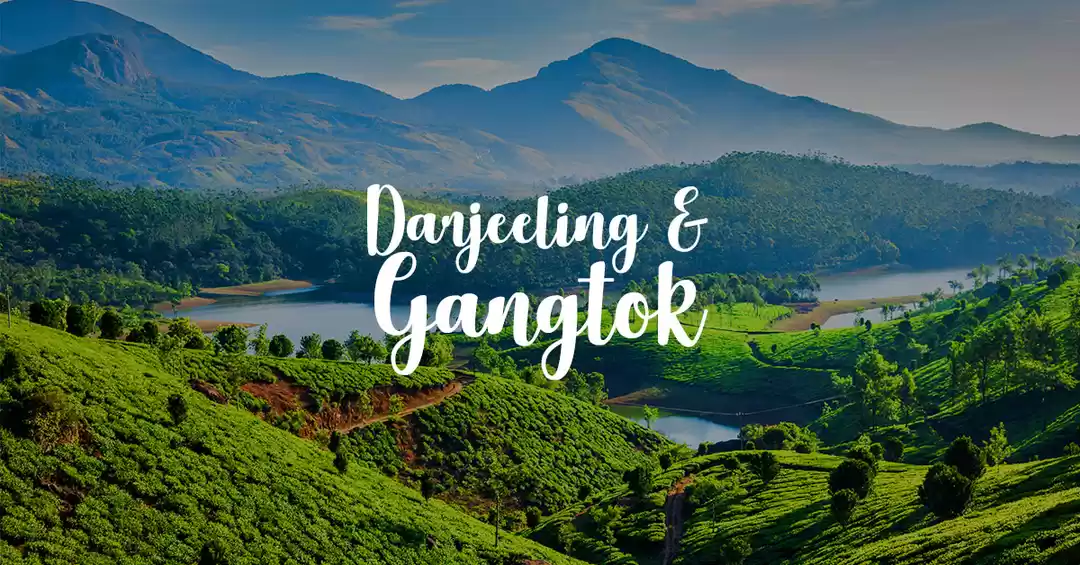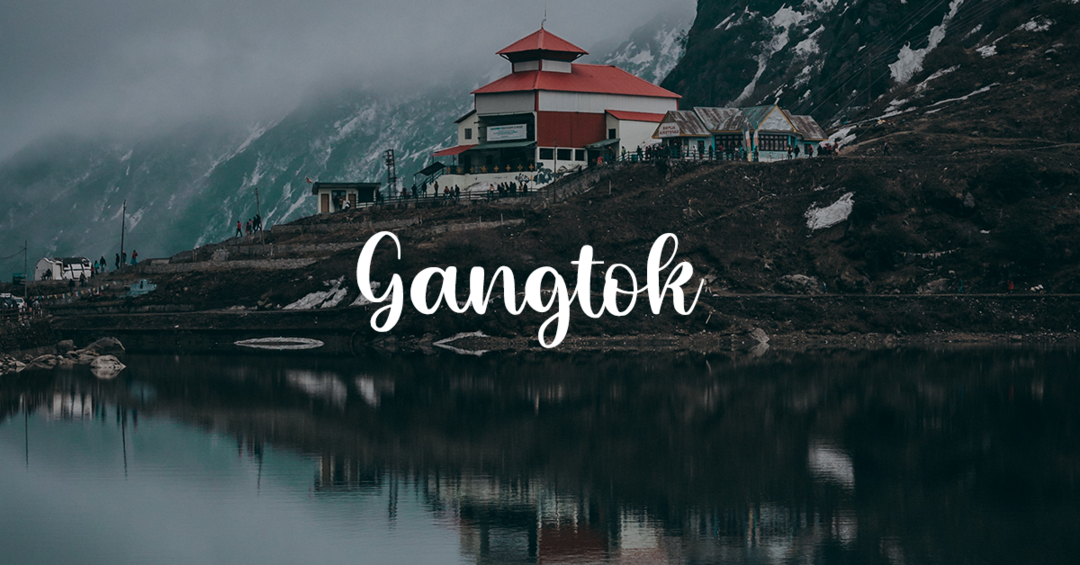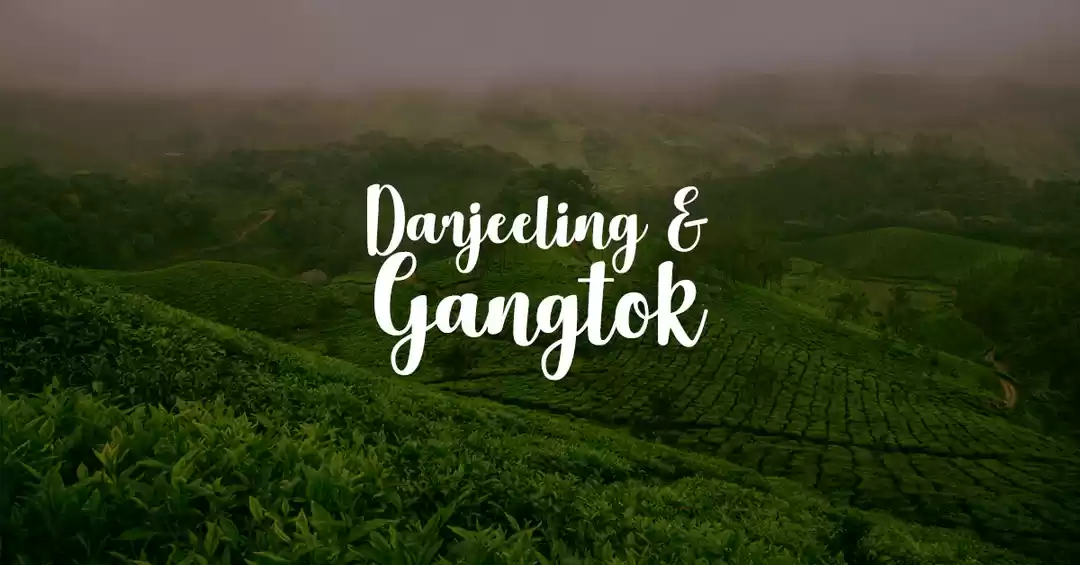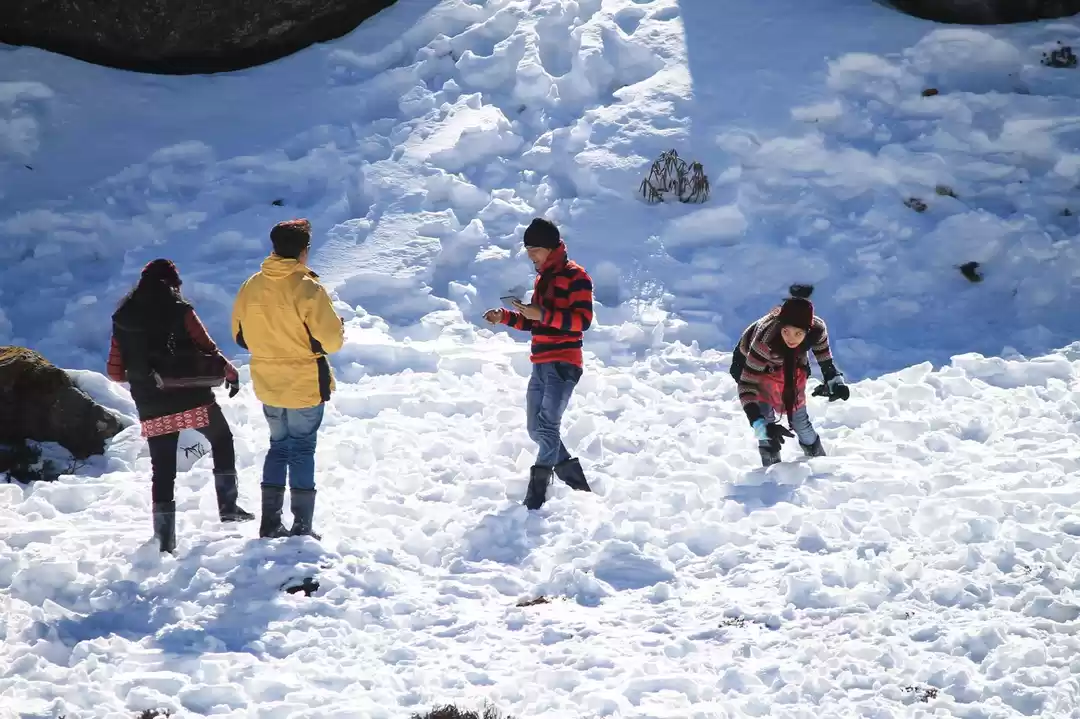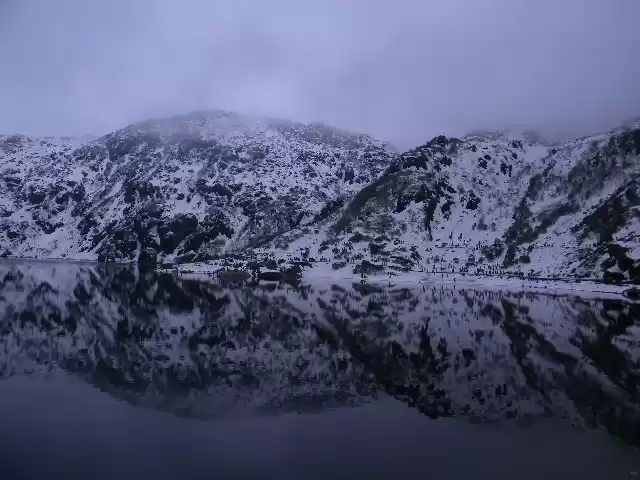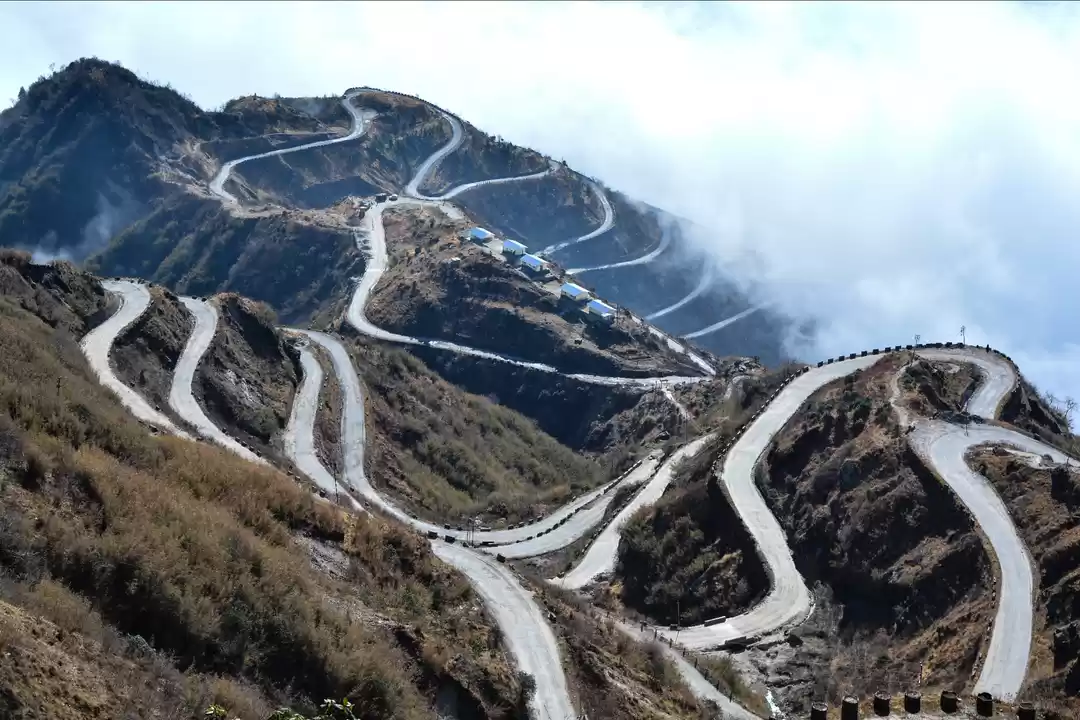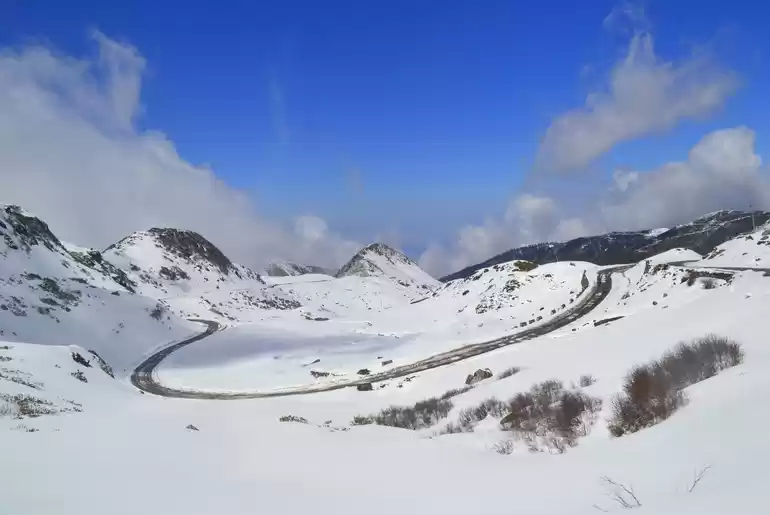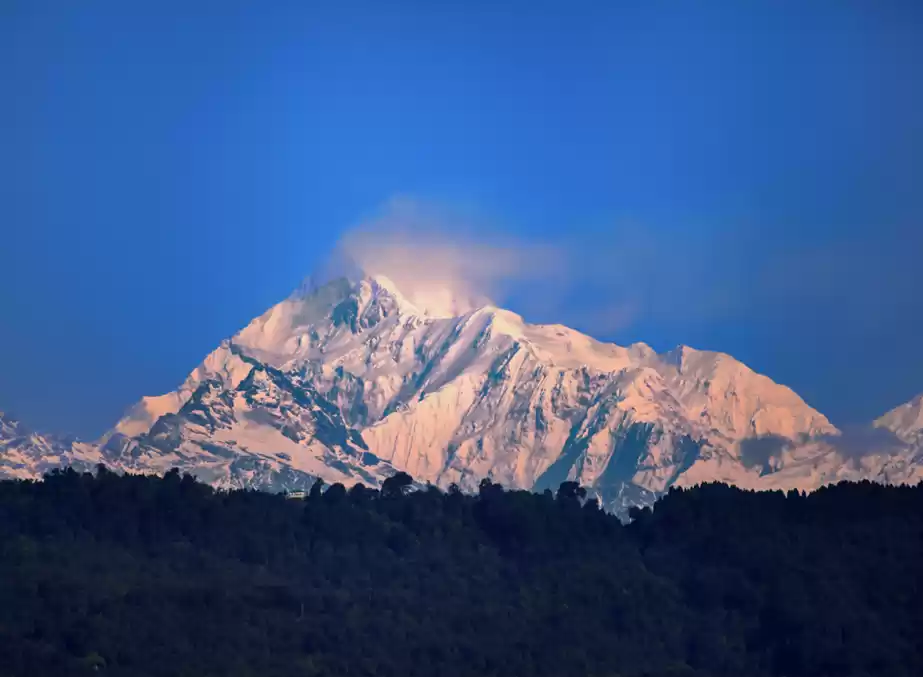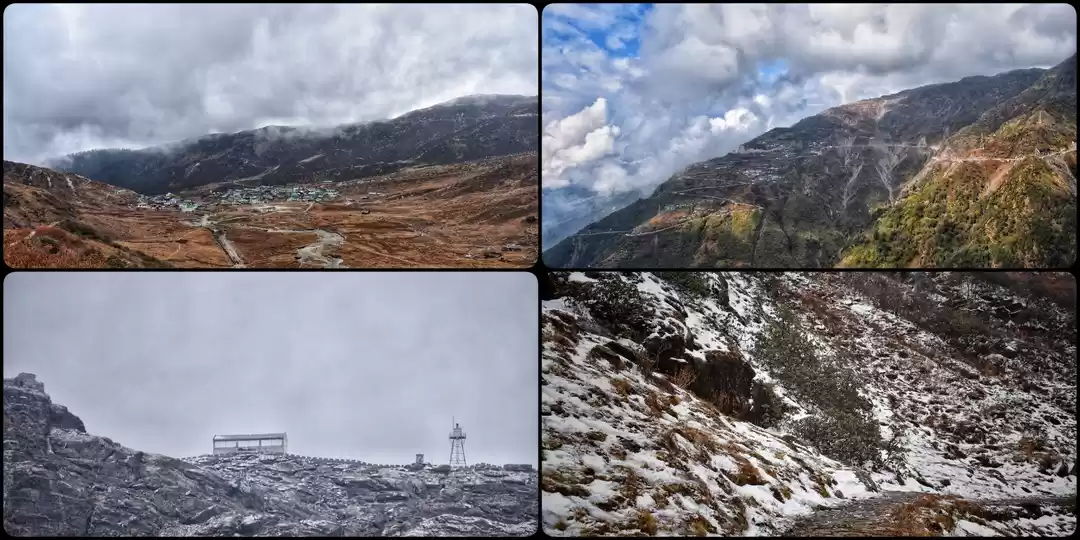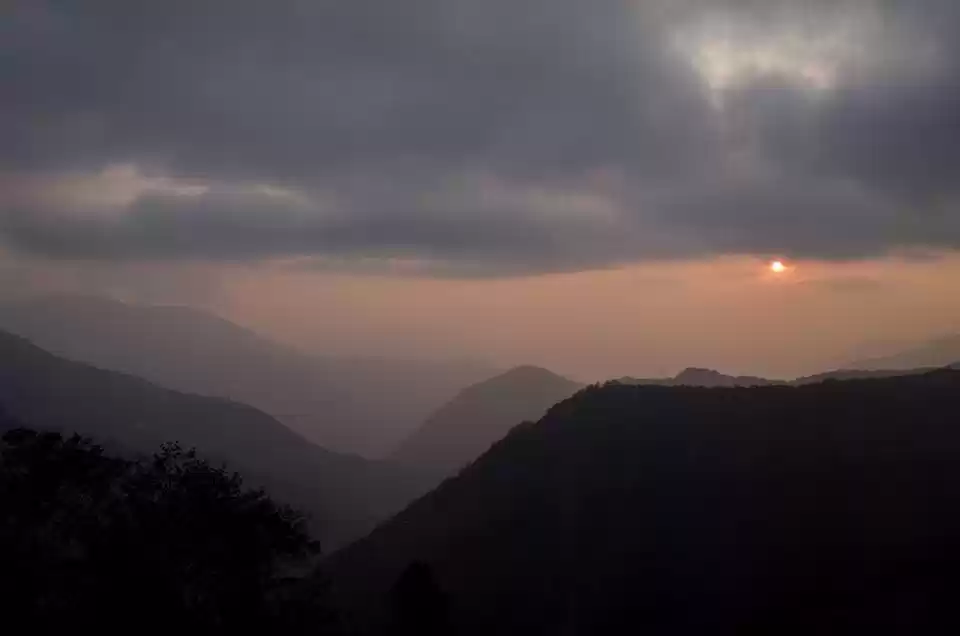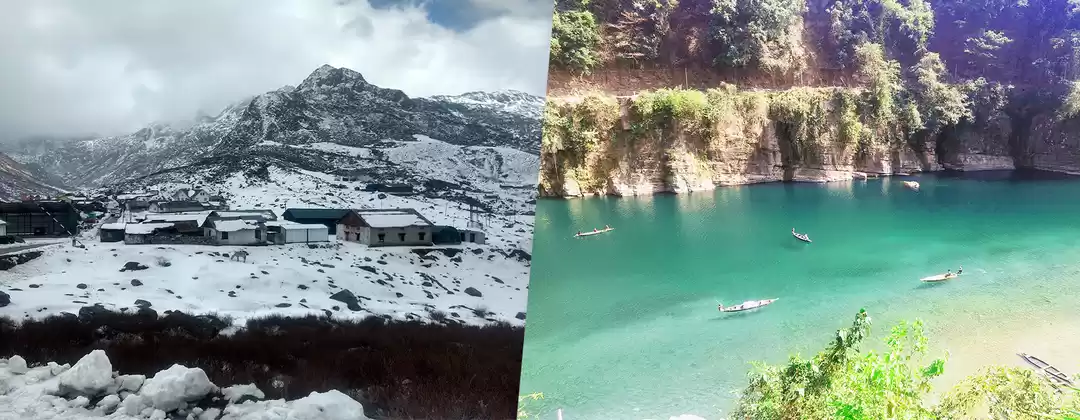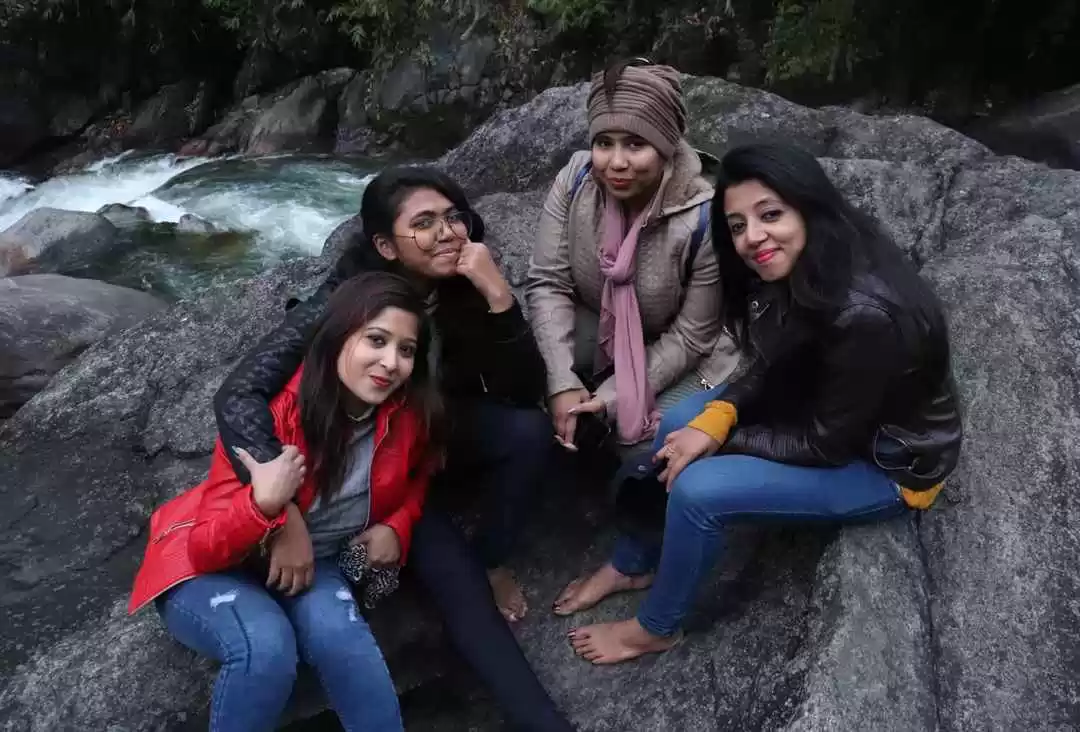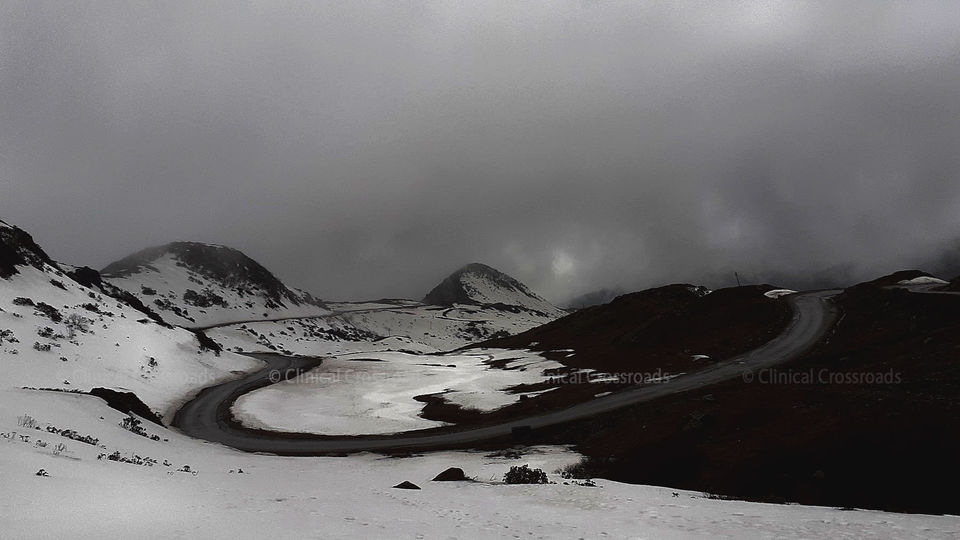
The Eastern Part of Sikkim is no short of natural beauty that will have you in awe. The place doesn't see overwhelming tourists and hence preserves the vibes of raw nature.
The most significant part of East Sikkim is formed by the Silk Route, a remnant of the long forgotten trade route that connected China to India. The area is flooded with homestays, run by the locals, which are never the less cozy and address your basic needs quite comfortably.
I have made detailed travelogues on the Silk Route, which I hope will be able to help you out as well!

Here I give out details of what should be your itinerary and expected budget for East Sikkim:
Season of choice
A real versatile place this is. Good Season spans from September to May. East Sikkim presents itself vividly and differently each time of the year… Clear skies in autumn, cold & icy in winter, flowered with rhododendrons in late spring.
Route and halts (itinerary)
The circuit is a closed one. Important places being Sillerygaon, Reshi, Aritar, Padamchen, Zuluk, Lungthung and Gnathang valley.
Tourists usually travel up to Gnathang through the famous zigzag roads, surrounded by the picturesque blue and white mountains all around. From Gnathang, they make a return via the same road, back to where they started in Siliguri.
The itinerary looks like this:
D1: Siliguri to Aritar
D2: Aritar to Zuluk
D3: Zuluk to Gnathang Valley
D4: Gnathang Valley to Zuluk/Aritar
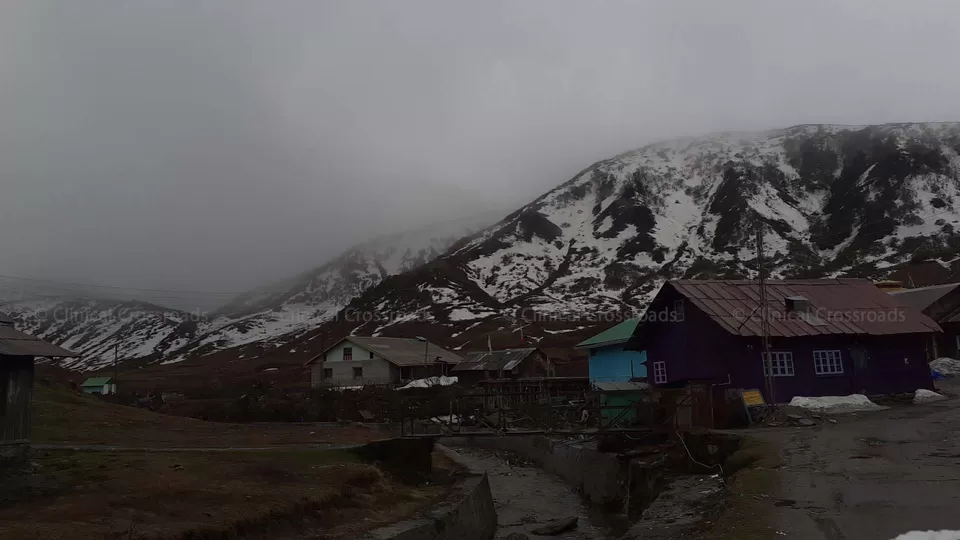
However there's a better alternative as well, which I always recommend.
Instead of returning back by the same old route, you may prefer continuing further from Gnathang Valley, to ultimately reach Gangtok. This gives you an opportunity to visit the Old Baba Mandir, Kupup Lake, New Baba Mandir and the Tsomgo Lake on the way, without having to plan for them separately. Plus there is an added chance to get to the Nathula Pass, if a permit can be arranged.
In that case, the itinerary looks like this:
D1: Siliguri to Aritar
D2: Aritar to Zuluk
D3: Zuluk to Gnathang Valley
D4: Gnathang Valley to Gangtok (via Old Baba Mandir, Kupup Lake, New Baba Mandir and the Tsomgo Lake)
D5: Stay at Gangtok for local sight seeing.
D6: Gangtok to Siliguri.
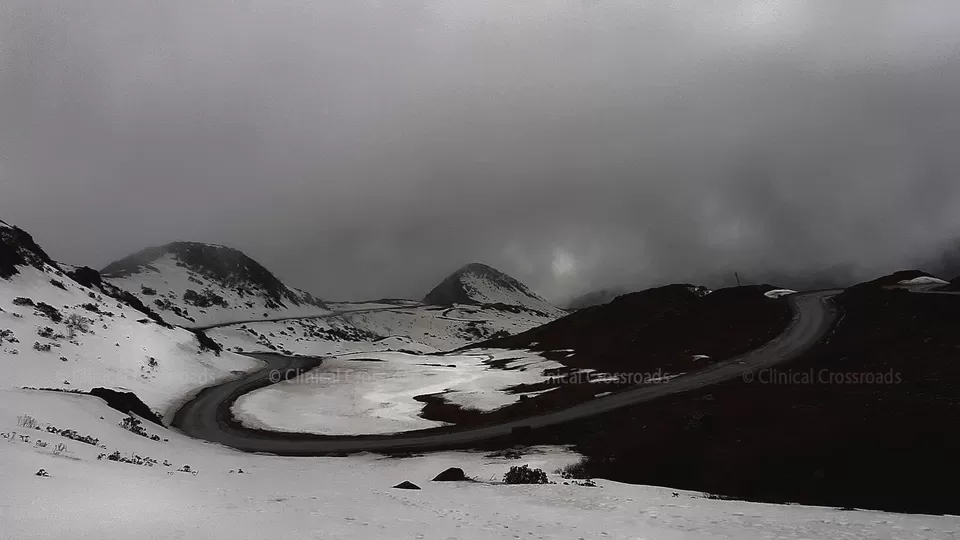
Budget
Depends on your preferences.
If you choose shared accommodations and shared vehicle, the budget can be cut down to around Rs. 2000/day. However, if you opt for a more comfortable way to travel, your expenses would certainly rise.
This is it for now.. I have a detailed blog covering other important aspects of touring East Sikkim like information on places of stay, booking your cab and getting your permit. Here I have also detailed about the clothing you should take and the health issues you should be serious about.
Now buck up.. Get ready for your next trip to India's own Silk Route and make it memorable!

